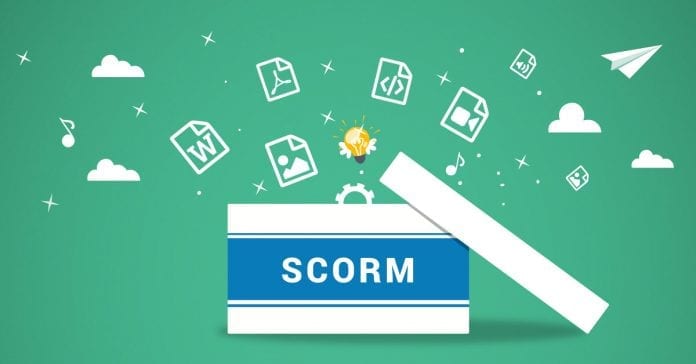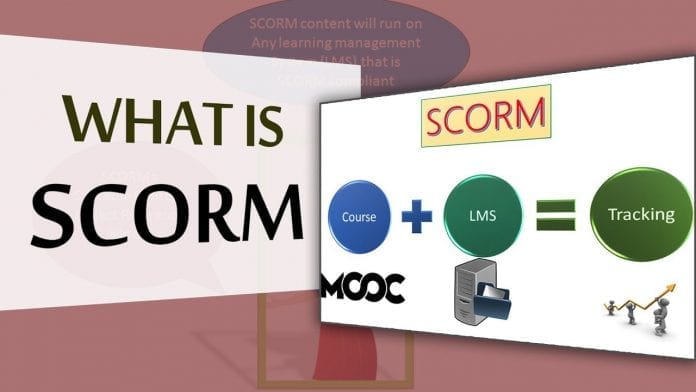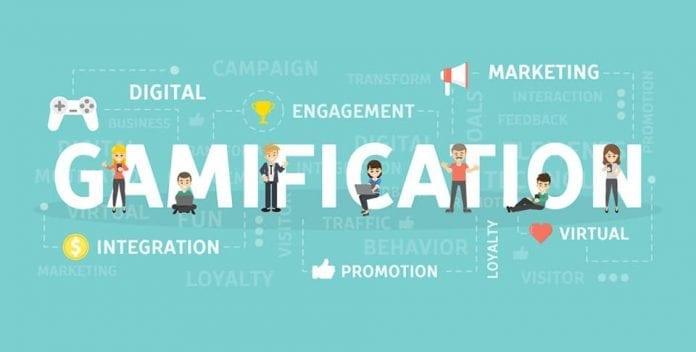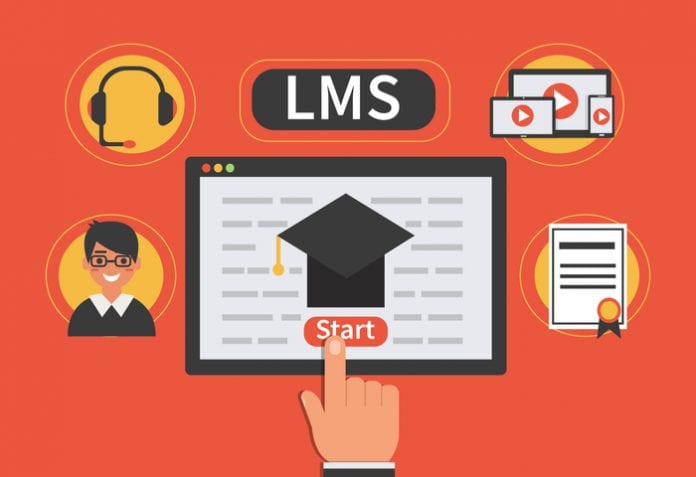Sharable Content Object Reference Model or SCORM is a well-known term in the eLearning industry. It’s an established collection of professional best practices, developed by ADL for eLearning software. The most common content standard in the eLearning space, it helps in standardizing content among the many developers involved in eLearning.
Although it is a widely-known term, many trainers do not have a complete understanding of it, which makes it challenging for them to make appropriate decisions to format their training modules. Let’s understand a few of the essential things about the standard and explore the reasons why you should use a SCORM-compliant LMS.
Understanding SCORM

It can be better understood as a package that simplifies the process of training through an LMS. Various learning content can be provisioned through SCORM, such as videos, presentations, active testing, interactive activities, and so on. Once you set up a SCORM-compliant LMS, you can use it to deliver any kind of training as per your requirement. Learn more about SCORM-compliant LMS
As such, using this, you can improve the ease-of-use and deliver training with flexibility. Let’s explore some of the added benefits of adhering to this standard.
Origin Of SCORM
During the 90s, various government agencies started leveraging the benefits of eLearning to train employees in different departments. Each government agency, however, started developing their own content and LMS that led to an unplanned and poor educational effort.
Under an executive order from US President Bill Clinton, The Department of Defense established the Advanced Distributed Learning (ADL) research group. They were deployed to develop a set of standards for content creation tools and LMS to operate in uniformity. Gradually, ADL devised eLearning guidelines, which later formed the basis of SCORM. Since then, ADL has come across numerous iterations. SCORM 1.2 and 2004 compliant, or 1.2/2004 categorize the current content creation tools and LMS.

Accessibility
Both while creating your Sharable Content Object Reference Model content and after it is live, it allows for easy convenience. You can quickly locate and access instructional components from a remote location and deliver them to several other areas. You can access the content anytime and anywhere, once your content is live on your LMS.
Editing
The use of Sharable Content Object Reference Model enables you to make easy adjustments and amendments to learning content. With the availability of a large number of SCORM authoring tools, you can quickly and effectively adjust or make changes to the content, without affecting the continuity of your larger training schemes. For instance, Articulate, a standard authoring tool allows you to make changes to the existing content, without a requirement to replace any individual package.
Gamification

With the growing requirements for training and instruction in the modern workplace, you can search for a better way to encourage employee participation through gamification. You can incorporate various features like competition, point-scoring, and leaderboards to facilitate the agenda.
Reusability
You can easily reuse your SCORM content in multiple courses or LMSs. In addition, you can repurpose the content to create fresh content. You can save your projects within the application, and refer to them anytime and make your changes. While making the changes in your content, you can also automatically update the existing content that is live on your LMS. Such features enable you to make the most of any established procedures that are already in place.
Adaptability
SCORM allows you to reach your learners/employees and target their unique methods of learning. Depending on the individual and organizational needs, you can tailor your instructions. You get the flexibility to create the content according to the requirements with SCORM authoring tools.
Affordability
Affordability is one of the significant advantages for instructional designers. You can increase the efficiency and productivity by reducing the time and costs to deliver traditional instruction using SCORM. Only by buying an authoring tool, you can use it to create your content without any professional assistance. This will consequently save you money that would either be spent on hiring those professionals.
Thinking of Repurposing Old Content As SCORM Compliant? Do It.
Avoid making the mistake of discarding non-SCORM learning material. By following the technical guidelines set out by the ADL that deals with sequencing, run-time, and content packaging, you can convert a non-SCORM compliant content into a SCORM compliant content. Use its compliant authoring tool like Adobe Captivate and Articulate Storyline to build your content from scratch.
LMS providers must ensure that their LMS is configured in a way that it accepts the instructional content with no technical glitches. Hence, LMS developers should always keep in mind that they create a learning platform that is SCORM compliant.

Factors to consider while choosing a SCORM-compliant LMS
- Check the various versions that are supported and if there is a preferred edition. Instances were found when an LMS supported all SCORM editions but worked comparatively well with a specific edition.
- Check whether the LMS is certified by ADL and if not, check which SCORM API elements are supported.
- Check when it was integrated with LMS. The longer the time of SCORM-LMS integration, the fewer chances of bugs.
- Check how the content from the course looks in the LMS. For instance, in the form of tables, or there are more graphic representations.
- Explore how to submit user data to the LMS. Look for its player based on JavaScript. Other solutions may cause hindrance to the course performance.
- Check whether the LMS requires the installation of any plugins or extensions. A few LMSs require you to set up a virtual private network.
Enhancing Education and Training with SCORM-Compliant Learning Management Systems
Learning Management Systems are crucial platforms for efficient and effective education and training. These systems provide a centralized hub for learners and educators, allowing the delivery, tracking, and management of online courses. LMS platforms like AcademyOcean offer numerous benefits, including easy content creation and customization, scalability, and flexibility for learners to access courses anytime, anywhere. They also support the integration of multimedia elements and interactive assessments, enhancing learner engagement.
Furthermore, LMS platforms promote data-driven decision-making by providing comprehensive analytics and reporting features. With their SCORM compliance, LMS platforms ensure seamless interoperability and content compatibility across different systems. Overall, LMS platforms empower organizations and educational institutions to optimize their learning experiences and achieve better outcomes.
Final Thoughts
With the growing trend of providing effective online training, eLearning space is rapidly adopting guidelines to create solutions that are compatible with this globally accepted standard. An LMS is guided by SCORM on how content should be read and presented, how the tests/assessments should be made, and much more. For this reason, most of the eLearning authoring tools and online learning platforms are made SCORM-compliant these days.









